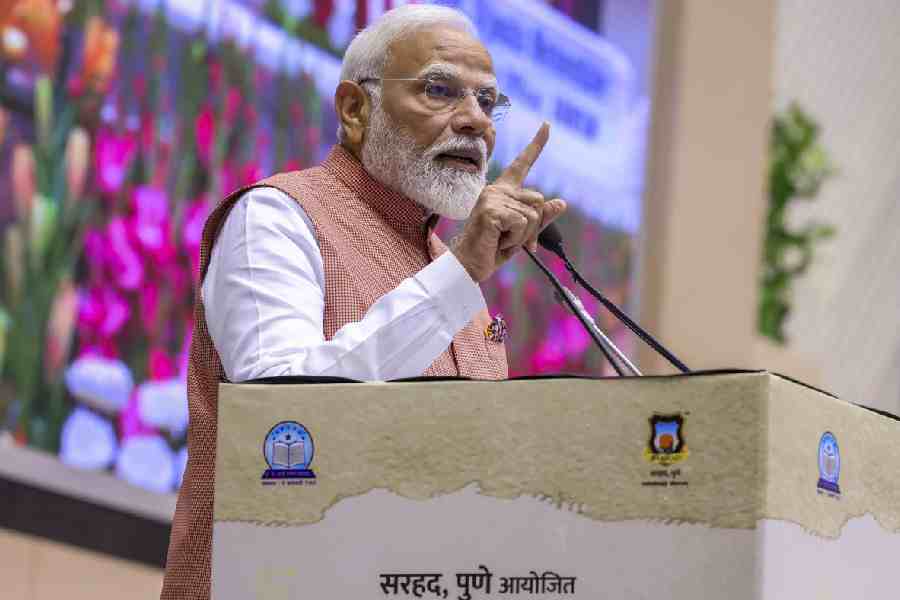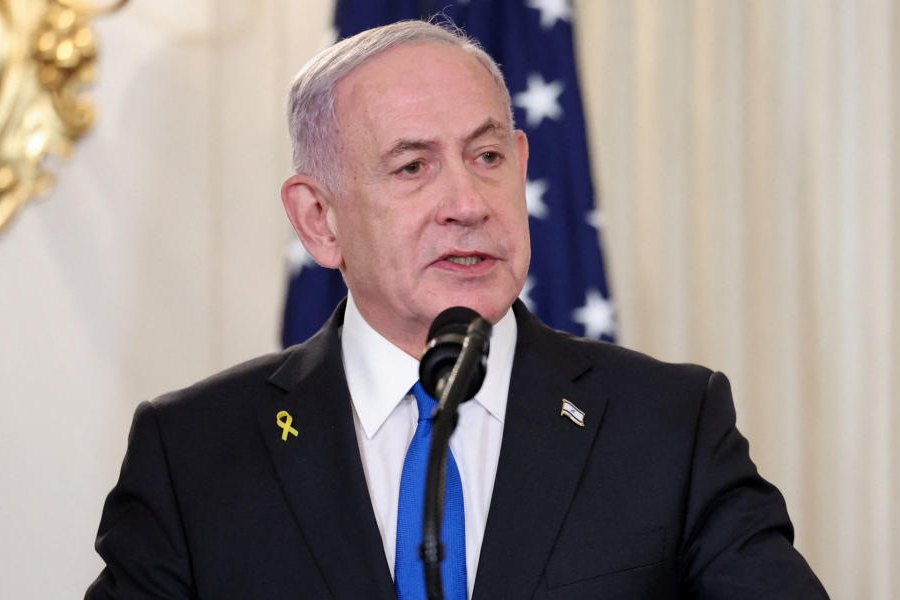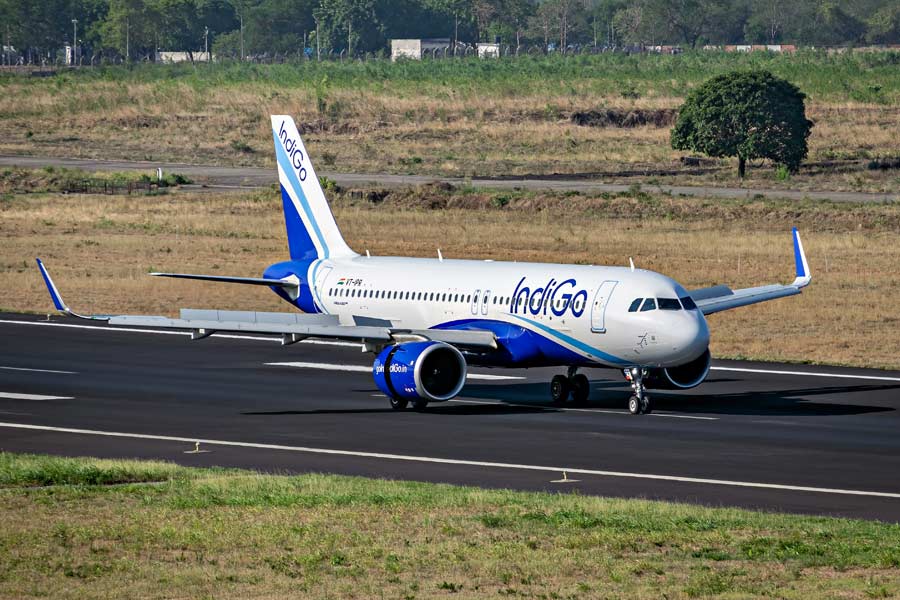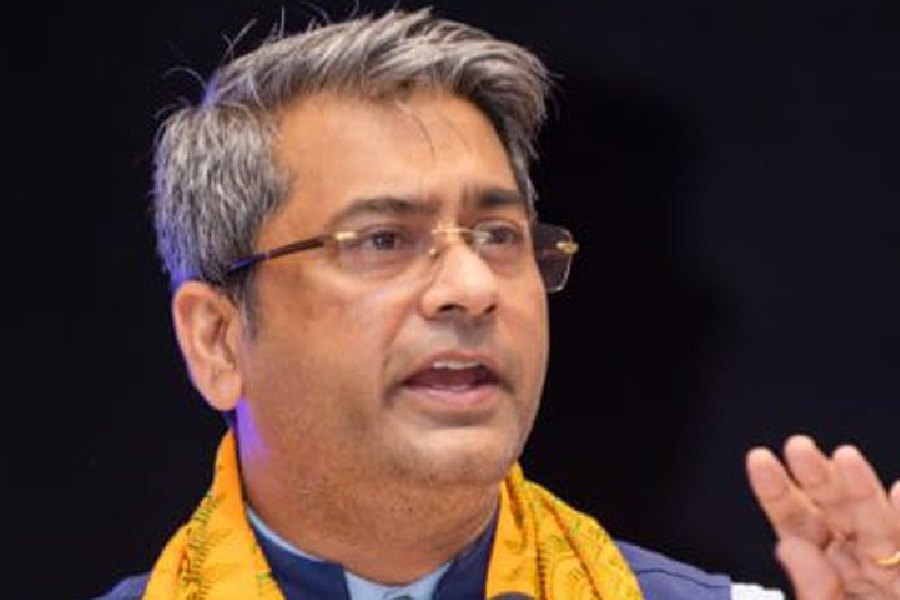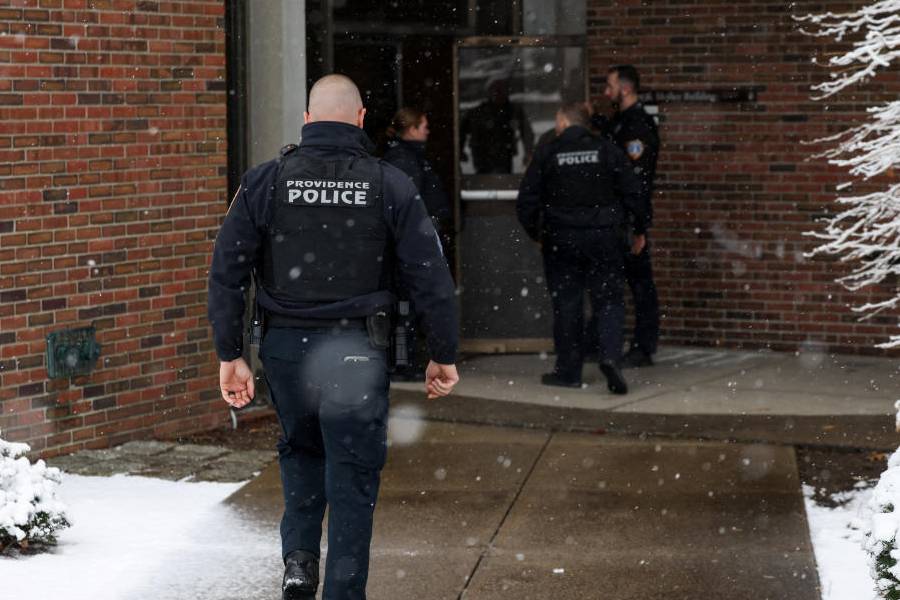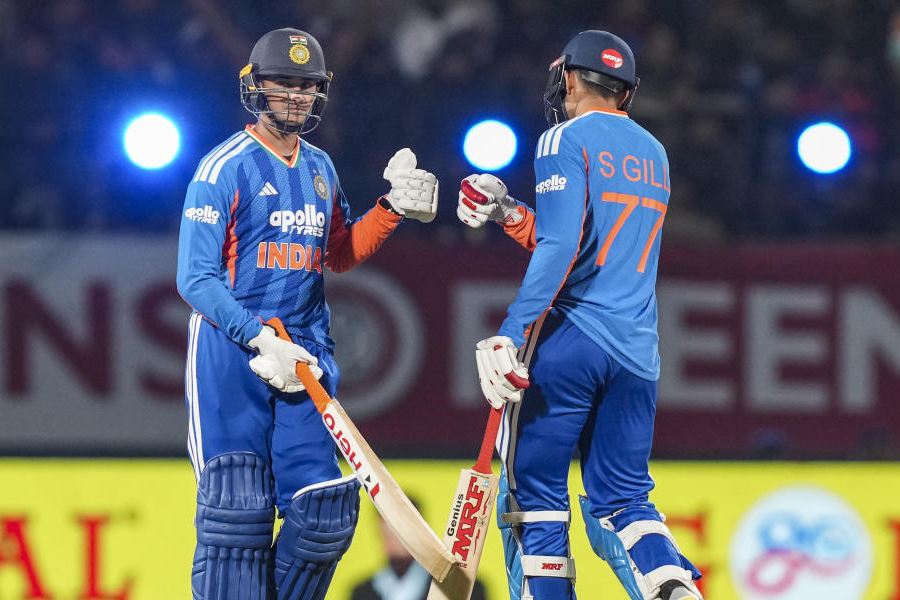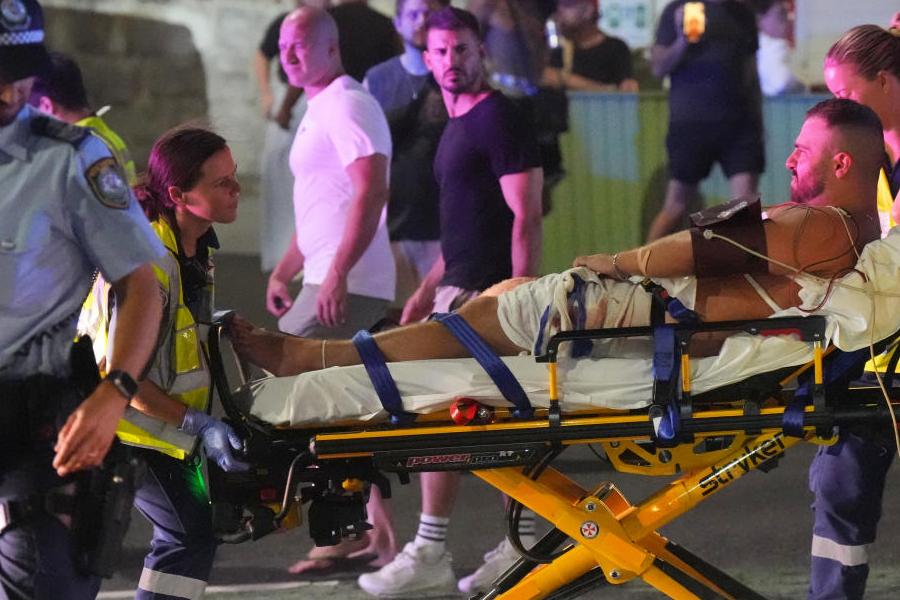The string of Assembly poll victories has strengthened Prime Minister Narendra Modi’s position after the setback in the general election and he will now get down to picking a BJP president of his choice, party insiders said.
The long-pending election of a new BJP president is likely in early March, with organisational elections in the state units in their final stages. Current BJP president J.P. Nadda has been continuing on extension for more than a year after his term expired in January last year.
After last summer’s Lok Sabha elections dashed Modi and Amit Shah’s aggressive “400-plus seat” pitch and forced the BJP to bank on allies for a majority, speculation had intensified about the next BJP president.
Many in the party and the wider Sangh Parivar thought that the mandate had opened the door for ideological parent RSS to assert itself and scupper any attempt by Modi-Shah to appoint a “rubber stamp” party chief.
“The stunning victory in Delhi, coming on the back of similar triumphs in Maharashtra and Haryana, could alter the balance. Modiji is back in his previous avatar and his choice of party boss could prevail over that of the RSS,” a party veteran said.
In keeping with tradition, the BJP has credited all its Assembly poll victories to Modi. The slogan “Modihai toh mumkin hai (With Modi, everything is possible)” was revived after the Maharashtra victory.
“The scales of the poll victories in the key states have bolstered the perception that the Lok Sabha results were an aberration, that there was no anger against Modi,” a leader close to Modi and Shah said.
“Under Modiji’s leadership, we won big in both Haryana and Maharashtra, where we had suffered serious setbacks in the Lok Sabha polls.”
Many old-timers in the BJP now feel that the delaying electing a successor to Nadda may have been a ploy to buy time in the hope of securing a more favourable political climate.
Nadda himself had been appointed a working president in June 2019, subordinate to then party chief Shah, before being formally elected president in January 2020.
When Nadda’s term expired, the party constitution was tweaked ahead of the general election to allow the parliamentary board, the apex decision-making body, to extend the party president’s tenure in “emergency situations”.
This “emergency” clause was subsequently used to extend Nadda’s term, citing the series of Assembly elections scheduled after the Lok Sabha polls as the pretext for delaying the next president’s election.
The RSS, used to having the upper hand over the BJP, if not the government, has in the Modi years found its influence restricted. After sweeping to power in 2014, Modi had succeeded in installing his confidant Shah as partyboss despite the reservations of the RSS.
A bigger mandate in 2019 had led to the anointment of Nadda. His candidature was vetted by the RSS but he soon turned into a “yes-man” of Modi-Shah, party leaders said.
After the setback to Modi in the general election, the RSS had indicated it would install a BJP president of its choice and that the Prime Minister would have to work in close coordination with the ideological parent.
“The next BJP chief will indeed be picked in consultation with the RSS, but it will be someone Modi wants,” a Union minister said, stressing that “Modi continues to bethe best-ever mascot of the Sangh Parivar”.
The speculation in the party corridors is that Modi wants a BJP president from the south to help him woo a region that has so far resisted his appeal.

